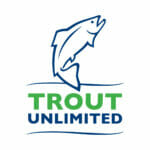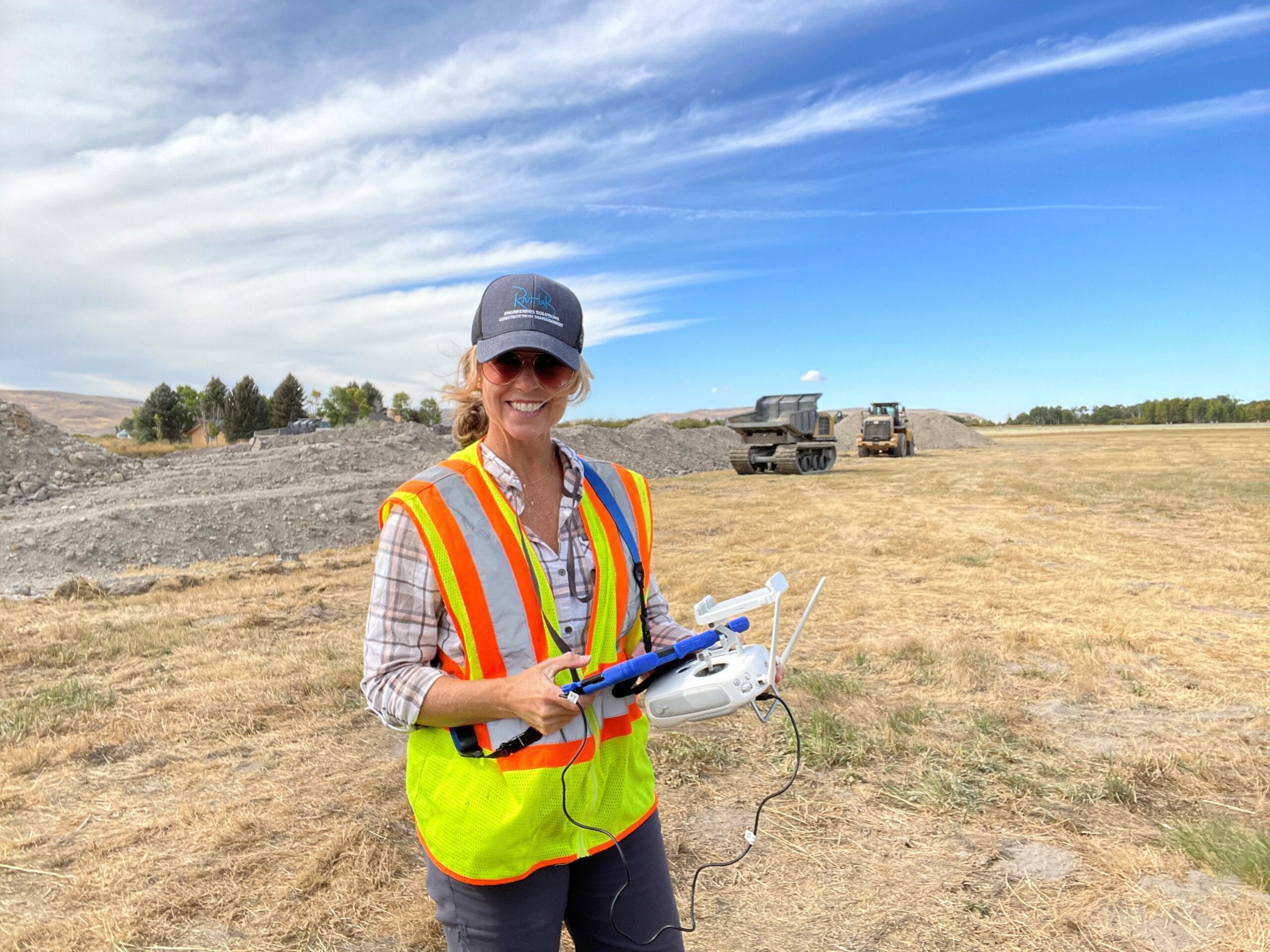When many of us think about the contractors and on-the-ground partners that make Trout Unlimited’s habitat restoration and reconnection projects possible, the first thought that often comes to mind are images of heavy equipment operators. After all, cranes, backhoes and excavators are required to get the work done during big projects like culvert removals and large logjam installations.
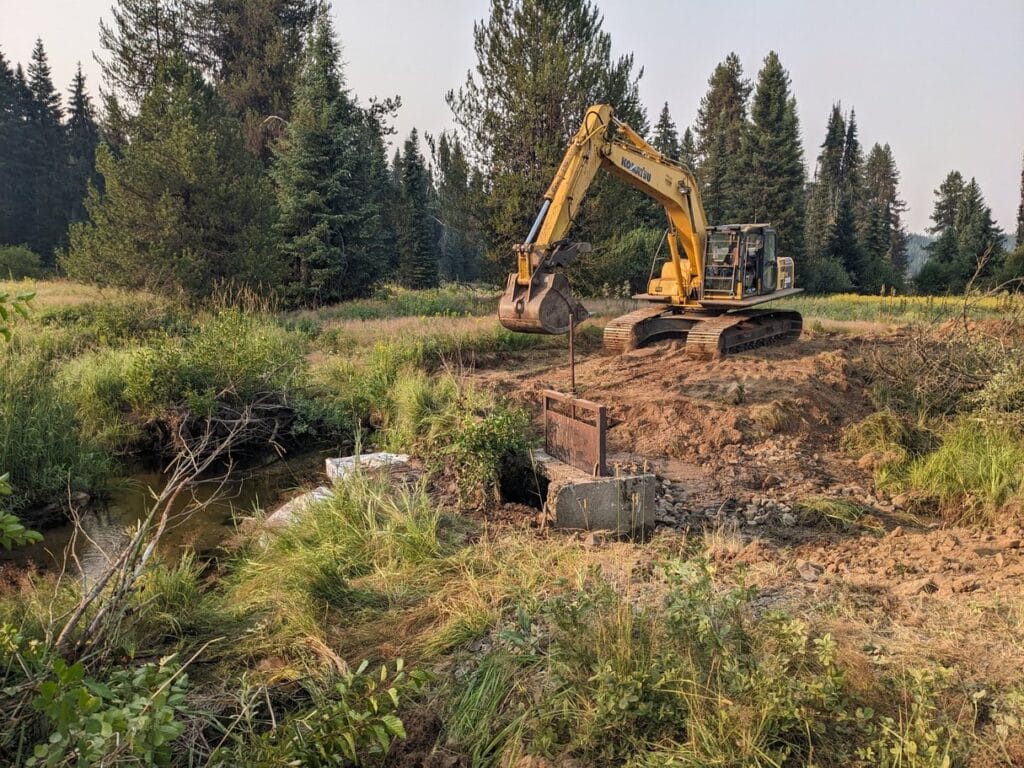
But long before heavy equipment can move onto a project site, skilled engineers contributed to the project by creating detailed maps, designing the physical elements being built and assisting TU staff with the technical documents required to get construction permits approved. This work often happens behind the scenes, but it is a critical aspect of many restoration projects.
RIVHAB Engineering Design
In Idaho, one of TU’s close project partners is an award-winning, woman-owned engineering firm called RIVHAB Engineering Design, based in the town of Eagle, Idaho, about ten miles northwest of downtown Boise.
RIVHAB was founded in 2019 by Jeanne McFall after she’d spent the previous decade working as the lead fisheries habitat engineer for the Idaho Department of Fish and Game, a role where she worked alongside landowners and local biologists to understand the key factors influencing habitat recovery. “I realized that I could take what I’d learned and apply it more broadly,” she explained.
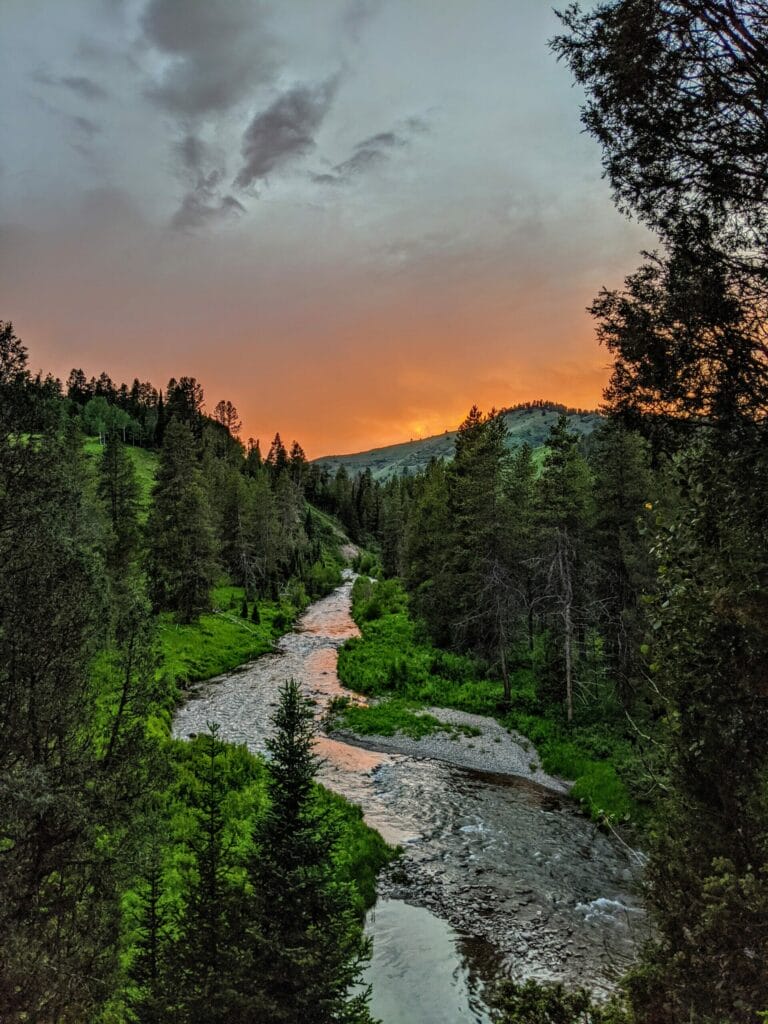
Jeanne launched RIVHAB from her home and the business grew quickly, mainly through word of mouth. Today the team has grown to nine staff members, and includes water resource engineers, scientists, a construction operator and a civil designer. Jeanne is the principal engineer. Along with TU, RIVHAB works with many other state and federal agencies, nonprofits, tribes, utility companies, local communities and private landowners.
Approximately 60 percent of the funding supporting RIVHAB’s projects trickles down from various federal sources, including mitigation and salmon recovery investments like the Pacific Coastal Salmon Recovery Funds. The remaining 40 percent comes from a mix of state funding, local partnerships and private foundations.
Engineering and restoration
Engineering firms like RIVHAB are an indispensable partner when working on technical restoration projects. Restoration projects are highly scrutinized and must go through a strict permitting process to ensure there aren’t adverse effects, particularly when working in locations with fish and wildlife populations protected under the Endangered Species Act. Project managers must also balance the need for increased stream function and habitat improvement with public safety, especially when implementing restoration projects near roadways and developed areas.
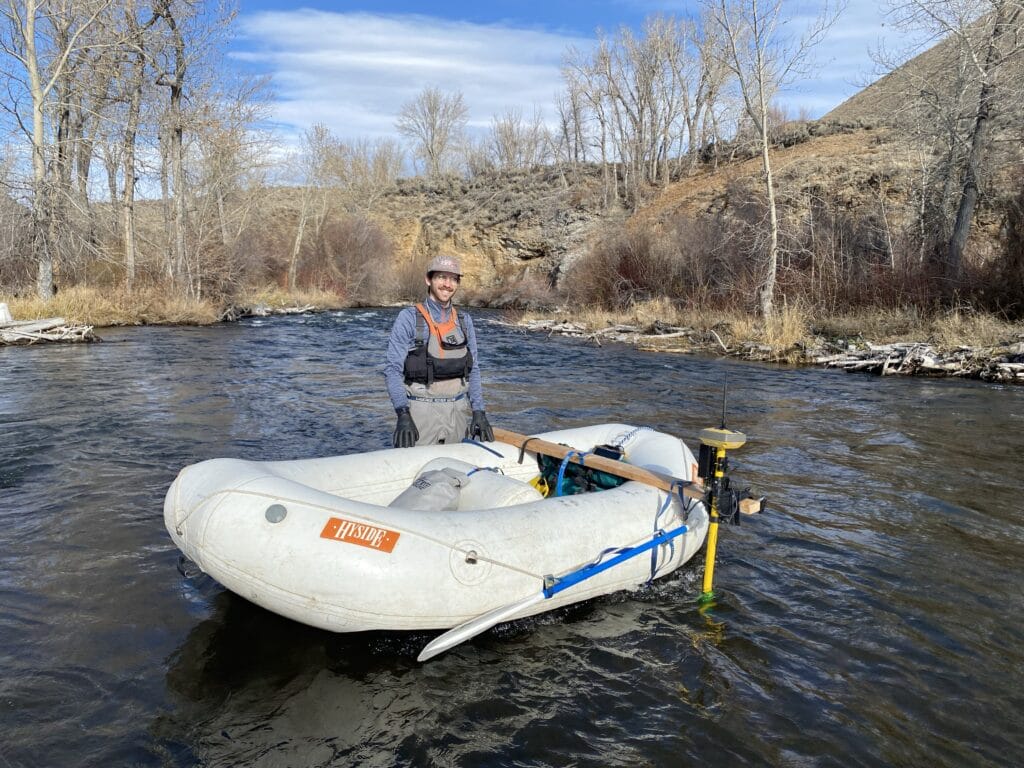
Engineering firms bring their technical expertise and modeling capabilities to help design low-risk projects with a high probability of success. Using high-tech equipment like a drone equipped with a LiDAR sensor capable of mapping topography down to a single centimeter, the team at RIVHAB can create finely detailed topographic maps and hydraulic models.
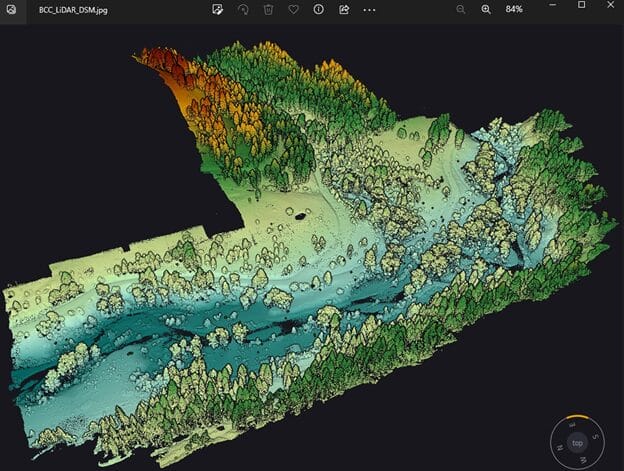
These maps and models are used to design impactful restoration projects that allow natural processes to take over and allow the stream to heal itself. From these modeling exercises and data collection, RIVHAB creates construction designs that are used to secure permits. Finally, when it comes time to start implementing the project, construction contractors use the engineer’s designs as directions to guide their work.
Science and soul
An Idahoan at heart and river engineer by trade, Jeanne McFall has a love for the outdoors and enjoys fishing, bow-hunting, hiking with her family and, as she puts it, “soaking up the stillness of the mountains.”
Growing up, Jeanne saw the last natural sockeye return to central Idaho in the early 1990s. Those resilient, determined fish inspired the direction of her education and career supporting the recovery of the Pacific Northwest’s iconic rivers and fisheries.

RIVHAB’s engineering work is complex and technical, but Jeanne describes her philosophy guiding restoration projects poetically. “The best designs are rooted in both science and soul––the stories we carry from the woods and waters shape the work that we do.”
That work has been recognized by peers. RIVHAB has won multiple awards for aquatic habitat projects from the Idaho Chapter of the American Fisheries Society. Last year Jeanne was celebrated as the Idaho Business Person of the Year by the US Small Business Administration.
Working together
In Idaho, RIVHAB worked with TU staff to reconnect floodplain habitat and a historic stream channel on the Indian Creek Project, a partnership with the Nez Perce Tribe and Trout Unlimited. Recently, RIVHAB was also the main design firm on a meadow habitat restoration project at Camp Creek in northeast Oregon with TU and The Nature Conservancy.
Jeanne explains that working with Trout Unlimited was a natural partnership. “I personally have been a TU member for several years, and we’re also business members, so we’re happy to be working for them directly to achieve their mission!”
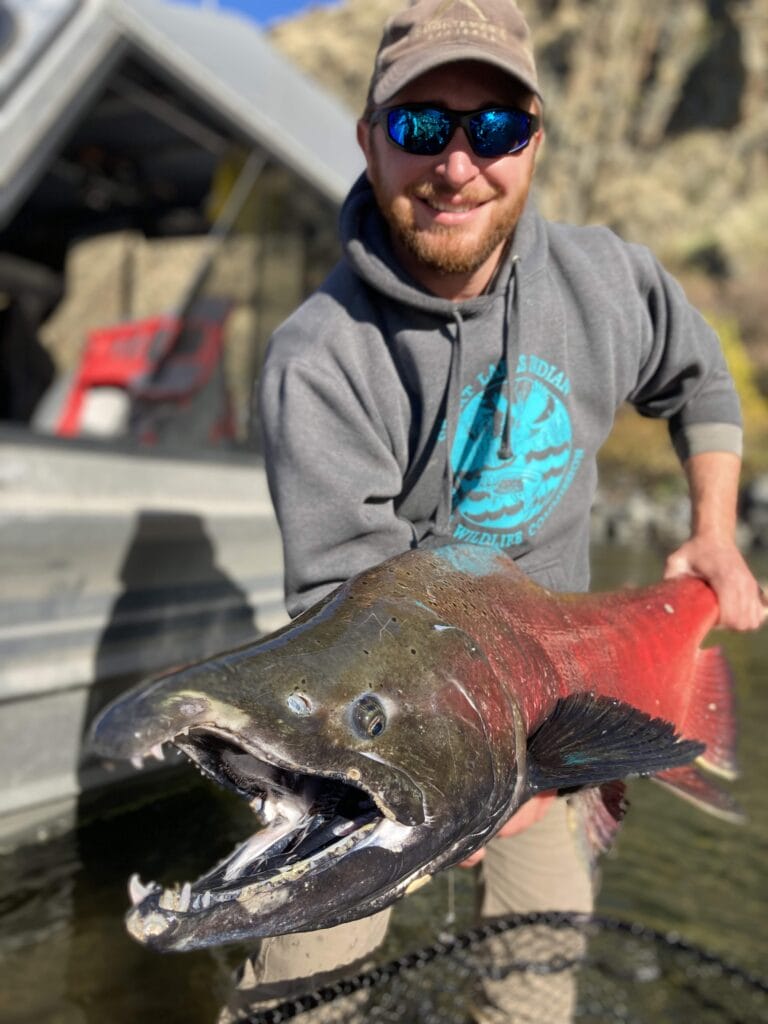
Likewise, Dalton Lebeda, TU’s Clearwater project manager in Idaho, describes this important partnership: “It’s always a good feeling to work with someone who cares about the resources as much as you do, and we are lucky to have engineering firms like RIVHAB to rely on when we need technical assistance on restoration projects that will have a lasting impact on the resources we all care so much about.”


